|
Equine Color Genetics
UPDATE NOTE: As of February 2019, I am slowly giving this website a much needed overhaul. I know some of the information here is no longer correct, and I'm hoping to find the time to make tons of updates soon. I started this site back in 2002, and since then, our knowledge of horse color genetics has grown by leaps and bounds. Many more people are familiar with the basics now, but the purpose of these pages will continue to be to give an easy-to-understand overview of the workings of horse color genetics. I have a ton of new content and edits I'm planning to make, so please check back! |
|
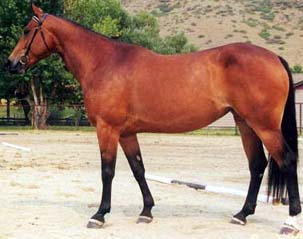 |
|
Frequent Topics The myth of albinism and the scoop on sabino white, dominant white, lethal white overo, and other "white" patterns. |
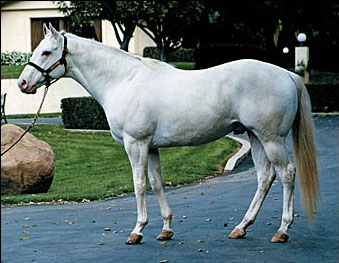 |
|
Thoroughbred Color A discussion of horse color on a racing forum sparked my creation of this site, and as Thoroughbreds are "my" breed, I have included some pages specific to that breed. They come in a number of surprising colors and patterns! |
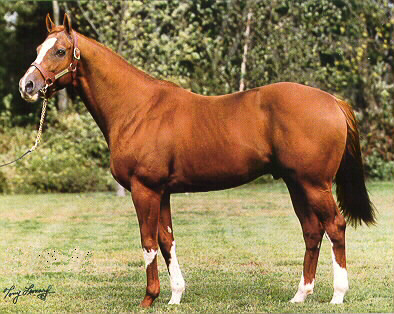 |
The Thoroughbred has a remarkably colorful genetic palette, ranging from ordinary bays to dazzling dominant white pintos. This page will delve into the mechanisms behind the colors as well as dispel some common misunderstandings about Thoroughbred color. |
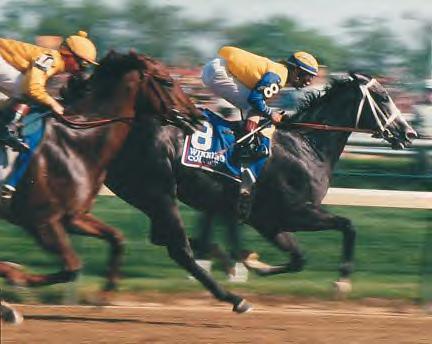 |
Winning Colors was NOT a roan! The difference between grey and roan and why Winning Colors and other so-called "roan" TBs are all actually greys (with one rare and notable exception). |
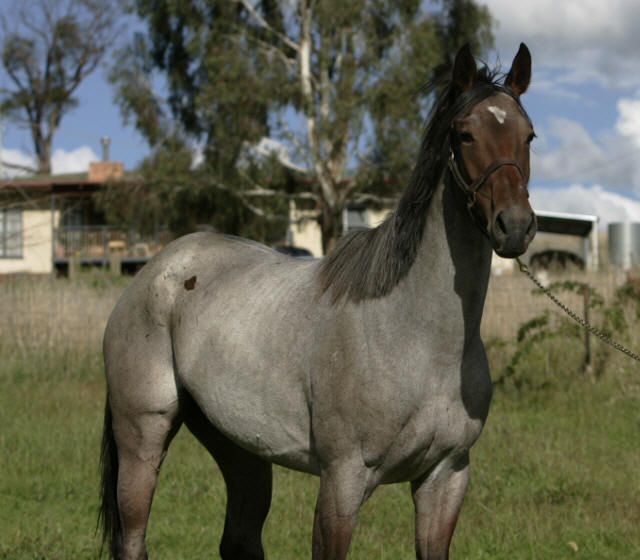 |
|
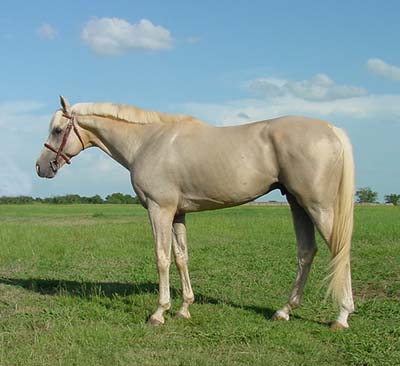 |
A page devoted to cream dilute TBs (palomino, buckskin, smokey black, cremello, perlino, and smokey cream), both modern and historical. |
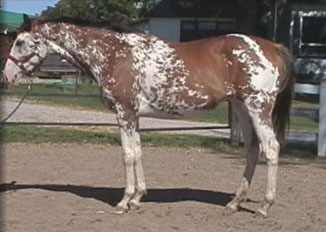 |
Pinto Thoroughbreds A page devoted to white spotted (formerly known as dominant white), frame overo, and splash TBs, both modern and historical. (Under construction) |
- Back to White Horse Productions